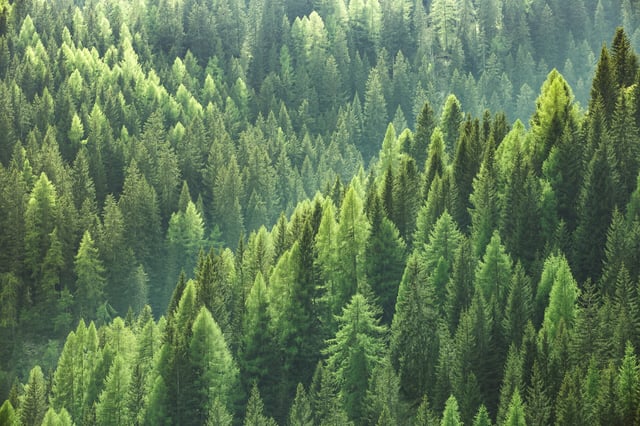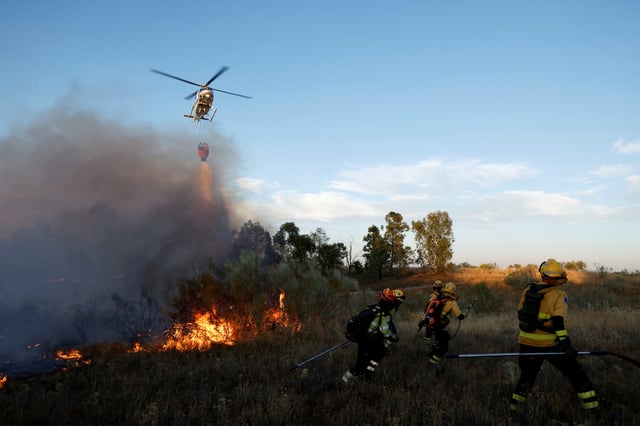Overview
- A new paper from the EU Joint Research Centre finds European forests absorbed around 332 million tonnes of CO₂ annually in 2020–22, nearly a third less than during 2010–14.
- Preliminary 2025 data from EU member states indicate an even steeper drop in forest carbon uptake beyond the JRC figures.
- Increased logging, droughts, wildfires and pest outbreaks are degrading forests and undermining their carbon storage capacity.
- Current land and forestry sinks offset roughly 6 percent of the EU’s greenhouse gas emissions, about 2 percentage points below the level projected for 2050 net-zero targets.
- Scientists call for immediate emission cuts, adaptive forest management and real-time monitoring to restore sink resilience and uphold climate goals.



